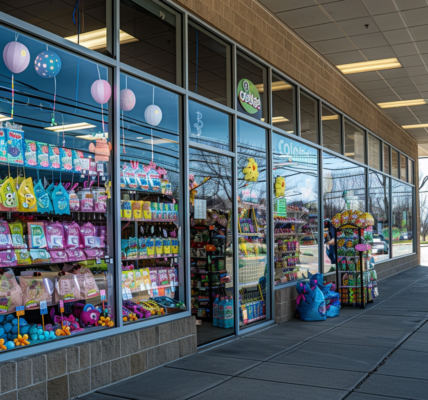In 2023, the mortgage industry faced unprecedented challenges, leaving loan originators (LOs) struggling to navigate a tough market. Ben Cohen, managing director at Guaranteed Rate, described the year as exceptionally difficult, emphasizing the increased emphasis on borrower qualifications. Unlike the lenient lending practices of 2008, stringent criteria now define the mortgage landscape.
The aftermath of the pandemic ushered in a period of diminished origination volume, coupled with limited inventory and surging home prices, presenting significant hurdles for LOs. The arduous conditions compelled LOs to work longer hours and diversify their product offerings to stay afloat.
Data from Ingenius revealed a mass exodus of tens of thousands of LOs from the industry in 2023, with a substantial portion producing minimal closed loans. The Federal Reserve’s indication of prospective interest rate cuts in 2024 offers a glimmer of hope, potentially leading to lower mortgage rates. However, the industry experienced tumultuous fluctuations, with rates peaking near 8% in October amidst the central bank’s efforts to combat inflation.
LOs grappled with the challenge of targeting the purchase market in the face of a rate ‘lock-in’ effect, necessitating a shift towards catering to first-time homebuyers and devising tailored solutions to reduce monthly mortgage payments. Hunter Marckwardt, executive vice president of CrossCountry Mortgage, emphasized the need to understand individual client scenarios, marking a departure from the previous emphasis on rapid execution.
As 2023 draws to a close, HousingWire conducted an analysis of the defining factors for LOs in the year, shedding light on the prevailing rate ‘lock-in’ effect and the strategies employed by LOs to remain competitive.
It is evident that 2023 posed formidable challenges for LOs, necessitating adaptability and resilience in the face of an evolving mortgage landscape.





